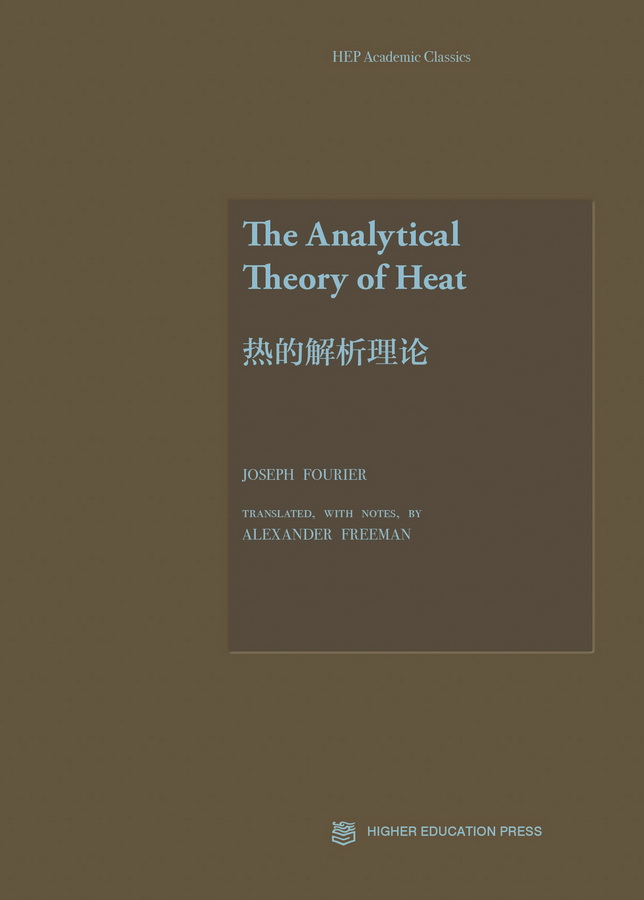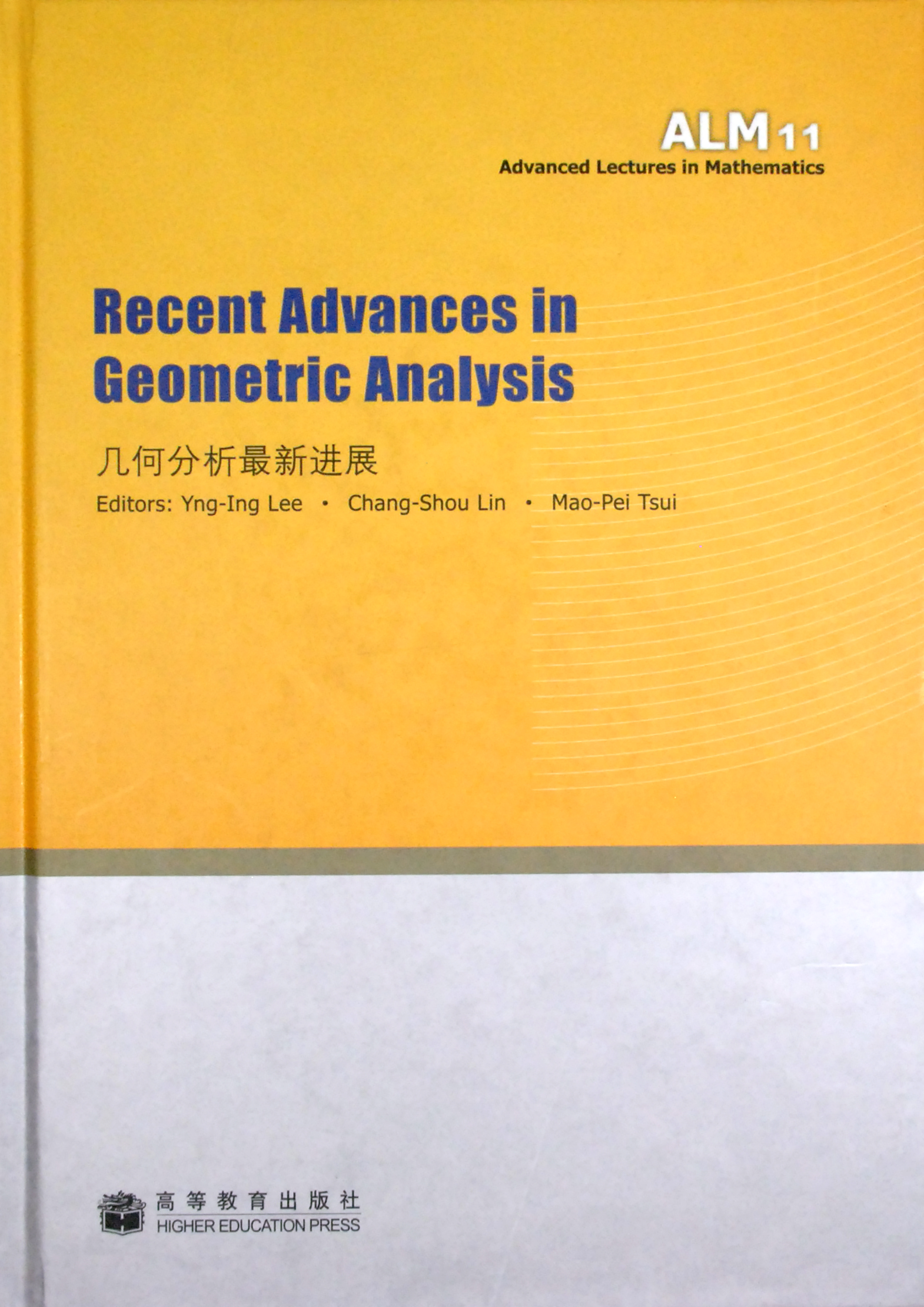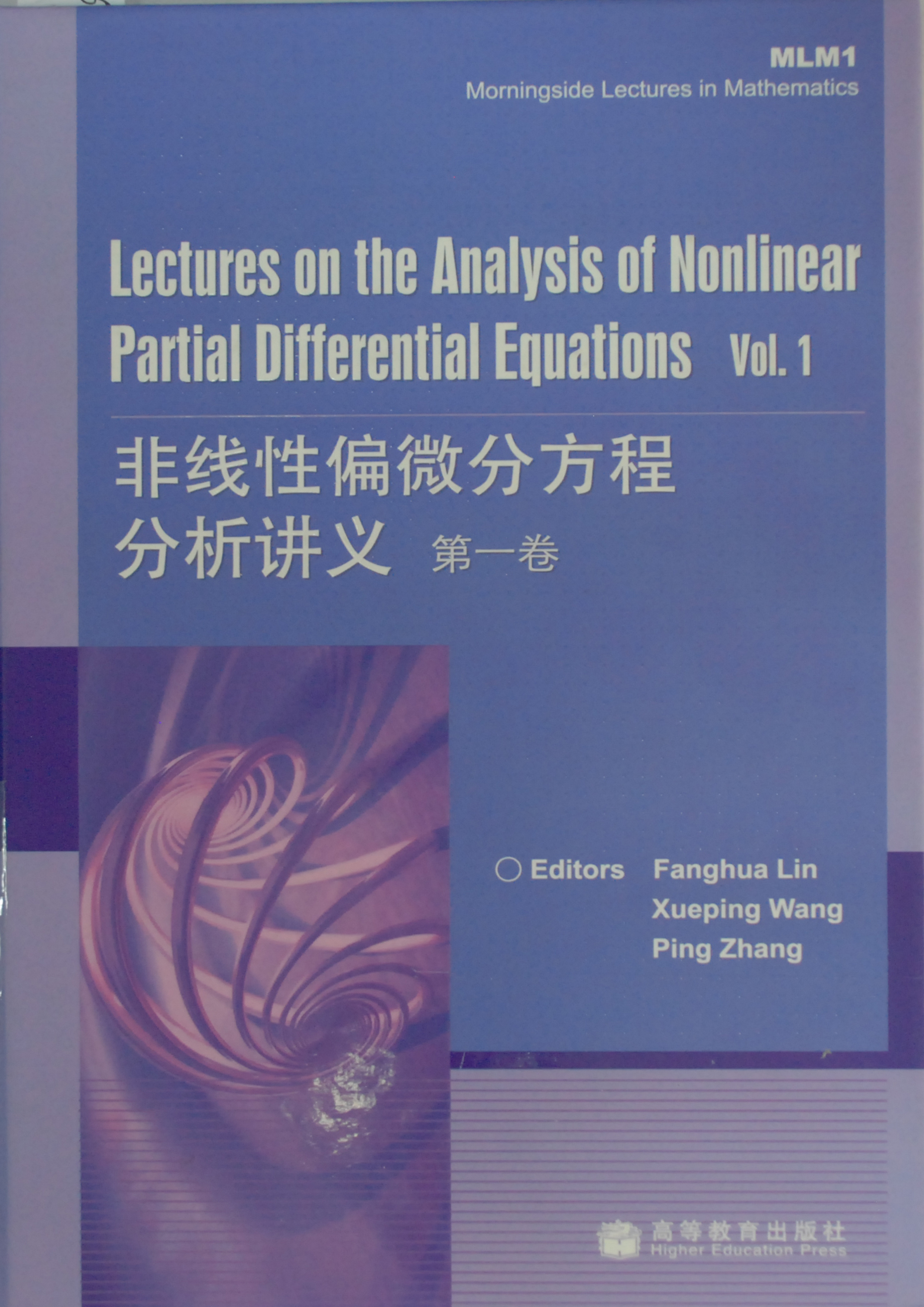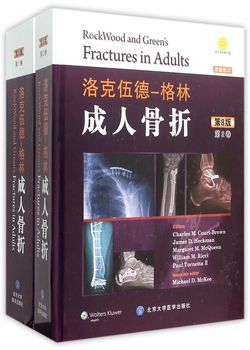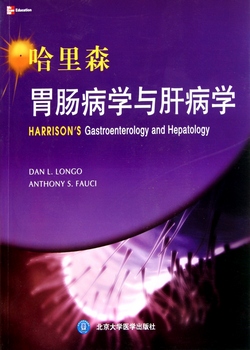热的解析理论(英文版)
作者: Joseph Fourier
出版时间:2016-01
出版社:高等教育出版社
- 高等教育出版社
- 9787040442571
- 1版
- 62721
- 47256057-2
- 精装
- 16开
- 2016-01
- 670
- 375
- 理学
- 物理学
- O551
- 数学类
- 研究生及以上
《热的解析理论》(Theorie Analytique de la Chaleur)是法国著名数学家、物理学家 Joseph Fourier (1768 – 1830) 的划时代经典著作,最初于1822年用法文出版。本书是根据剑桥大学出版社于1878年出版的由Alexander Freeman翻译的英译本重排。
前辅文
Preliminary Discourse
CHAPTER roduction.
SECTION atement of the Object of the Work.
ART.
1. Object of the theoretical researches
2—10. Different examples, ring, cube, sphere, infinite prism; the variable temperature at any point whatever is a function of the coordinates and of the time. The quantity of heat, which during unit of time crosses a given surface in the interior of the solid, is also a function of the time elapsed, and of quantities which determine the form and position of the surface. The object of the theory is to discover these functions
11. The three specific elements which must be observed, are the capacity, the conducibility proper or permeability, and the external conducibilityor penetrability. The coefficients which express them may be regarded at first as constant numbers, independent of the temperatures
12. First statement of the problem of the terrestrial temperatures.
13—15. Conditions necessary to applications of the theory. Object of the experiments.
16—21. The rays of heat which escape from the same point of a surface have not the same intensity. The intensity of each ray is proportional to the cosine of the angle which its direction makes with the normal to the surface. Divers remarks, and considerations on the object and extent of thermological problems, and on the relations of general analysis with the study of nature
SECTION eliminary Definitions and General Notions.
22—24. Permanent temperature, thermometer. The temperature denoted by 0 is that of melting ice. The temperature of water boiling in a given vessel under a given pressure is denoted by 1.
25. The unit which serves to measure quantities of heat, is the heat required to liquify a certain mass of ice
26. Specific capacity for heat
27—29. Temperatures measured by increments of volume or by the additional quantities of heat. Those cases only are here considered, in which the increments of volume are proportional to the increments of the quantity of heat. This condition does not in general exist in liquids; it is sensibly true for solid bodies whose temperatures differ very much from those which cause the change of state.
30. Notion of external conducibility.
31. We may at first regard the quantity of heat lost as proportional to the temperature. This proposition is not sensibly true except for certain limits of temperature.
32—35. The heat lost into the medium consists of several parts. The effect is compound and variable. Luminous heat
36. Measure of the external conducibility.
37. Notion of the conducibility proper. This property also may be observed in liquids
38, 39. Equilibrium of temperatures. The effect is independent of contact
40—49. First notions of radiant heat, and of the equilibrium which is established in spaces void of air; of the cause of the reflection of rays of heat, or of their retention in bodies; of the mode of communication between the internal molecules; of the law which regulates the intensity of the rays emitted. The law is not disturbed by the reflection of heat
50, 51. First notion of the effects of reflected heat
52—56. Remarks on the statical or dynamical properties of heat. It is the principle of elasticity. The elastic force of aeriform fluids exactly indicates their temperatures.
SECTION inciple of the Communication of Heat.
57—59. When two molecules of the same solid are extremely near and at unequal temperatures, the most heated molecule communicates to that which is less heated a quantity of heat exactly expressed by the product of the duration of the instant, of the extremely small difference of the temperatures, and of a certain function of the distance of themolecules
60. When a heated body is placed in an aeriform medium at a lower temperature, it loses at each instant a quantity of heat which may be regarded in the first researches as proportional to the excess of the temperature of the surface over the temperature of the medium
61—64. The propositions enunciated in the two preceding articles are founded on divers observations. The primary object of the theory is to discover all the exact consequences of these propositions. We can then measure the variations of the coefficients, by comparing the results of calculation with very exact experiments
SECTION the Uniform and Linear Movement of Heat.
65. The permanent temperatures of an infinite solid included between two parallel planes maintained at fixed temperatures, are expressed by the equation (v − a)e = (b − a)z; a and b are the temperatures of the two extreme planes, e their distance, and v the temperature of the section,whose distance from the lower plane is z.
66, 67. Notion and measure of the flow of heat
68, 69. Measure of the conducibility proper.
70. Remarks on the case in which the direct action of the heat extends to a sensible distance
71. State of the same solid when the upper plane is exposed to the air
72. General conditions of the linear movement of heat.
SECTION w of the Permanent Temperatures in a Prism of Small Thickness.
73—80. Equation of the linear movement of heat in the prism. Different consequences of this equation
SECTION the Heating of Closed Spaces.

